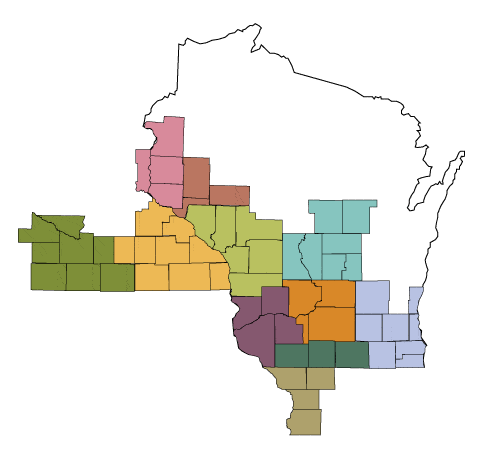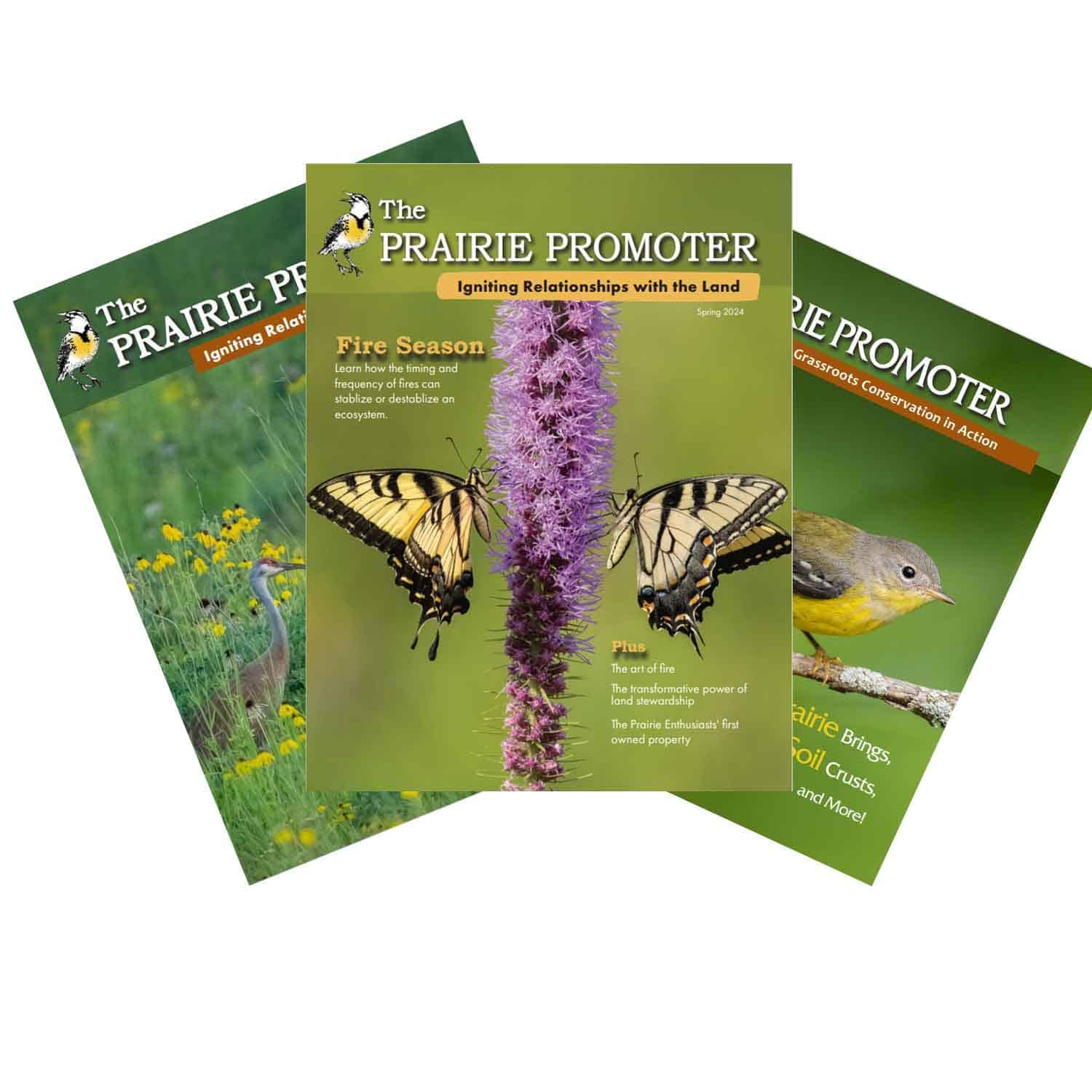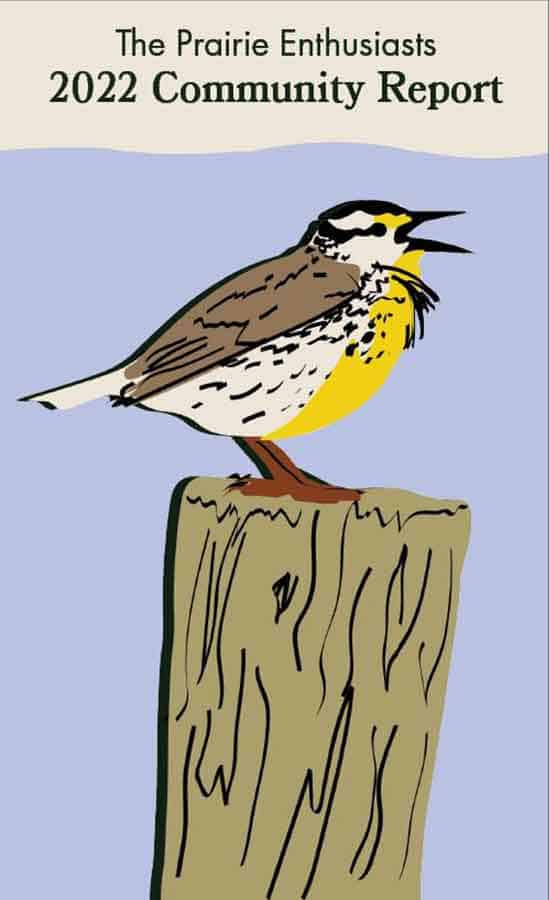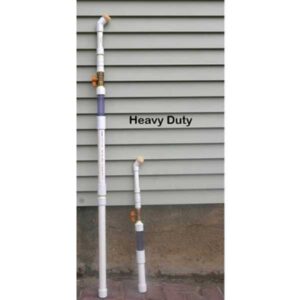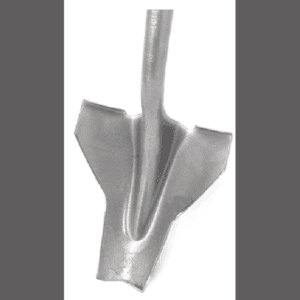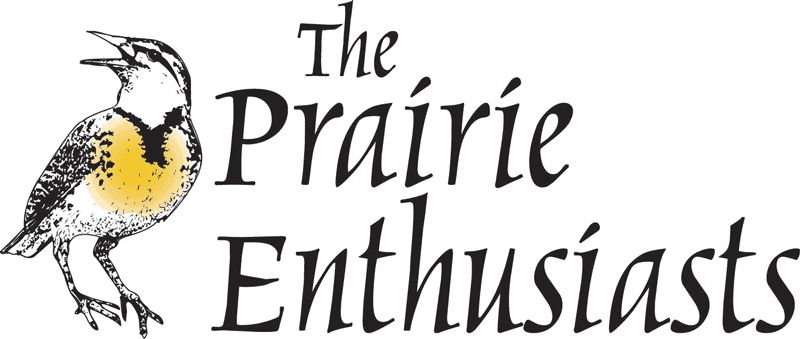Who We AreDavid Myers Advancement Associate...
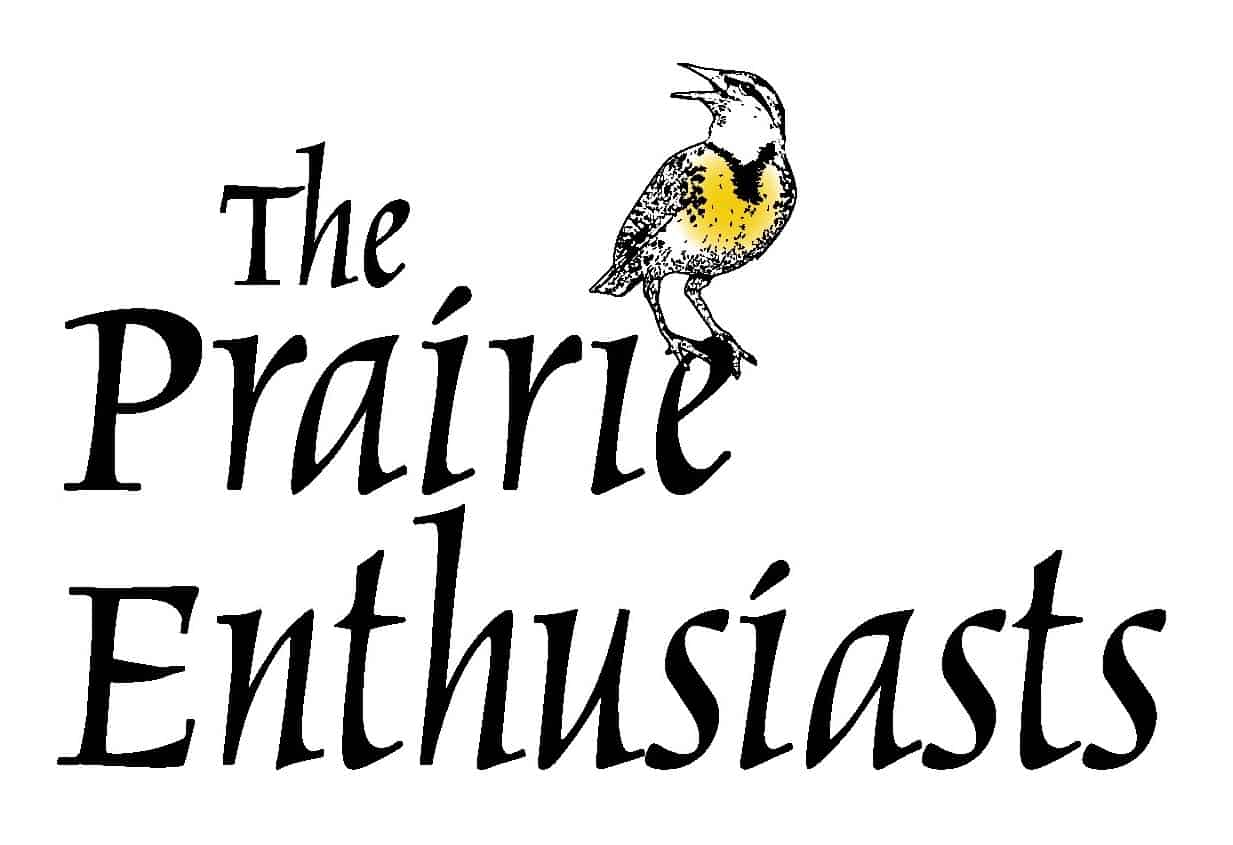
Remembering Tom Brock
We were deeply saddened to learn of the passing of longtime TPE member Tom Brock. A true champion for prairies, Tom was also an accomplished microbiologist. Take a look at these remembrances that have been shared everywhere from our own Prairie Promoter to The New York Times.
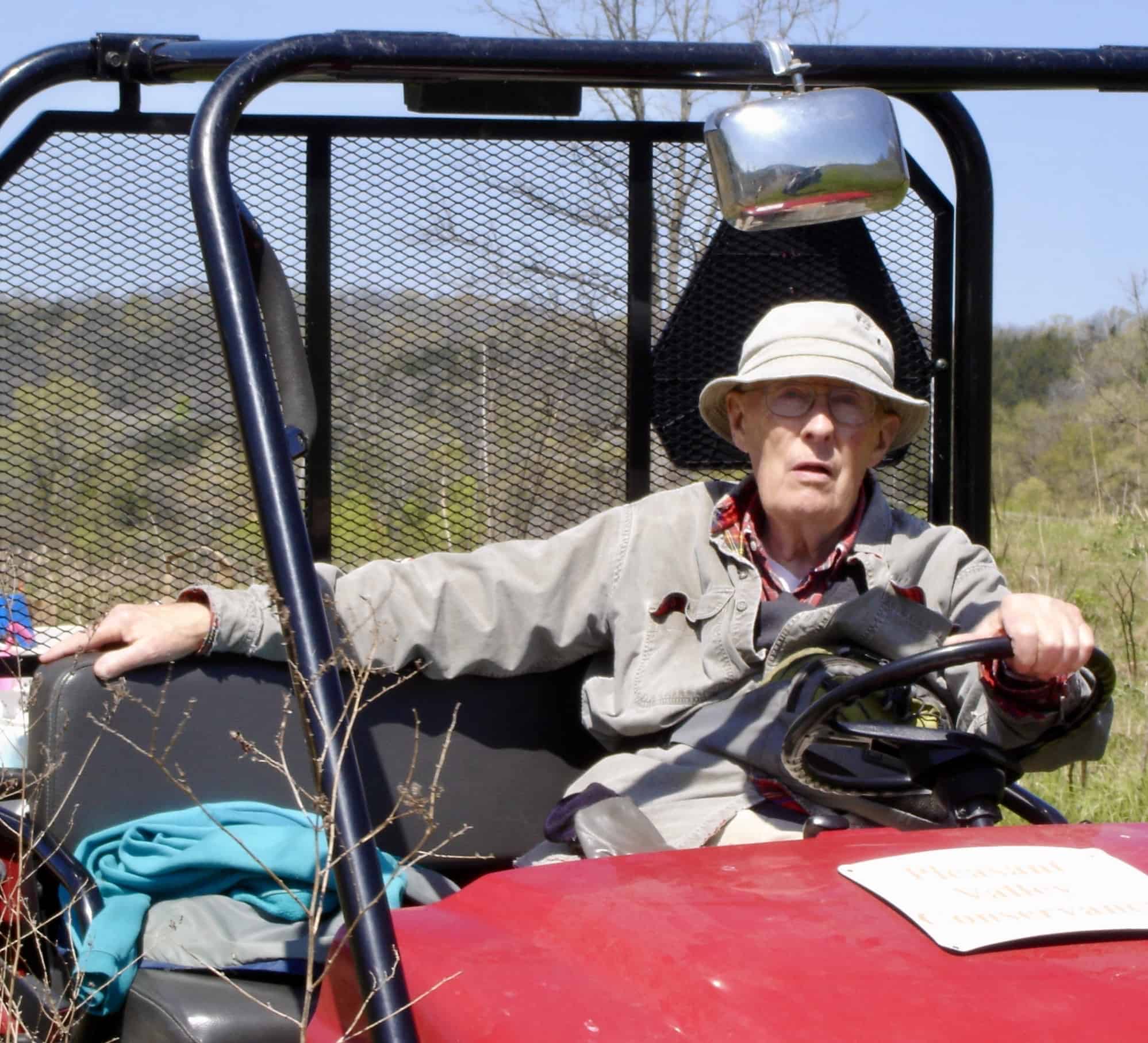
Photo by Kathie Brock
Tom and his wife Kathie were the driving force behind the 140-acre Pleasant Valley Conservancy. Pleasant Valley is an amazing example of remnant and restored prairie, oak savanna, oak woods and wetland ecosystems. Tom, an emeritus professor of microbiology, went “all in” on restoring the property starting in the late ’90s. The Brocks were also instrumental in rejuvenating Black Earth Rettenmund Prairie, a TPE-owned property about 5 miles north of Pleasant Valley. Kathie still plays a central role in the volunteer maintenance of this site.
Tom was also involved initially with what is now the Lakeshore Preserve on the University of Wisconsin-Madison campus. He helped found the Invasive Plant Association of Wisconsin. More recently, he received the prestigious UW-Madison Distinguished Alumni Award. Tom’s writings about prairie management continue to provide advice and inspiration for countless prairie enthusiasts.
Tom’s obituary can be found here.
The article in The New York Times about Tom’s achievements in the field of microbiology can be found here.
An article about Tom’s honorary doctorate from UW-Madison can be found here.
Profile of Tom and Kathie Brock from The Prairie Promoter, Vol. 32 No. 2 (August 2019)
By Willis Brown
What do TPE member and emeritus professor Tom Brock have in common with rock-n-roll star Steve Miller? In addition to never hearing of the other, they both were awarded Honorary Doctorate degrees from UW-Madison in May.
Tom received the degree for his pioneering work on thermophilic (heat-loving) bacteria he had isolated and characterized from the hot springs of Yellowstone National Park. He was also recognized for the work he and his wife Kathie Brock did in the restoration of their property, Pleasant Valley Conservancy. In a relatively small area (140 acres) they have restored several ecotypes- wetland, prairies, oak savanna and oak woods.
(Miller, as you might suspect, was honored for his music.)
In 1980 and 1984, Tom and Kathie Brock purchased the PVC property in two separate transactions primarily for recreation. Sometime later, when Kathie was volunteering for The Nature Conservancy, she heard about oak savannas – the critically endangered ecosystem once common in southern Wisconsin.
Tom also recalled seeing side-oats grama on the property and remembering it was a prairie plant. The presence of
large bur and white oaks with the prairie plants suggested PVC once was an oak savanna. Overtaken by honeysuckle and buckthorn, and other invasives, the Brocks turned their property from recreation to re-creation of the oak savanna and prairie.
They went all in starting in 1997, going so far as to hire the town of Vermont crew for a week to remove trees along the south slope below a prairie remnant (still referred to as Kathie’s Prairie). They also had their first prescribed burn that year and hired some additional help. Soon after, in 1999, they hired Paul Michler and myself to cut and treat buckthorn. Our equipment in those days was marginal – one small Stihl brush cutter, a spray bottle of Roundup and a Geo Tracker – all borrowed from the Brocks.
In those early days, Kathie would sometimes locate desirable species along nearby roadsides and collect the seeds. One day she found a new species for us to collect. Before spreading the seed, she took a sample to Madison for positive identification. That proved fortunate as this was the first time any of us had encountered Japanese hedge-parsley.
Rather than burning large logs from the cleared trees, the Brocks would leave logs by the side of the road for neighbors to take for firewood. Some cherry and walnut logs were given away for lumber.
If you visit PVC, you may notice a relatively high number of paper birch in a fire-dependent area. Kathie likes these trees, so the area around them are cleared to avoid damage by fire. Happily, the birch seem to be good habitat for redheaded woodpeckers, a state endangered bird.
Tom and Kathie treated this property like a huge experiment. They kept extensive notes and have taken numerous photographs over the years. The property is divided into several management areas. A plant species list was prepared initially with about 300 species identified. A plant survey in 2008 identified 493 species present at PVC.
A geology professor was invited to come out to describe the geology. Once most of the invasive trees were removed, all trees over 10 inches DBH (a forestry term describing diameter at breast height) were tagged and geolocated. Over 4,000 trees were mapped this way and data entered as to size, species and whether dead or alive. This data was useful in showing the extent of bur oak blight at PVC, which Tom reported in the April 2018 edition of The Prairie Promoter.
In addition, many trees were present in aerial photos from the 1930s. Some of the larger oaks have been aged, and the oldest is over 200 years old. For several years, starting in 2003, Tom and Kathie hired summer interns to continue the restoration work. Always the professor, Tom would present a lecture on various topics on restoration during lunch. They are also willing to have research done on their land (with approval), including using plant hormones to control reed canary grass, or the study of great blue lobelia.
Tom conducted his own research on controlling invasives such as sumac and honeysuckle. He has published results of his work in Restoration Ecology and The North American Prairie Conference Proceedings in addition to The Prairie Promoter. They are always willing to share their experiences and show their results to various groups such as Madison Audubon Society, Blue Mounds Area Project, and Land Trust Alliance among others. They have guided tours of their property annually on Labor Day. They also host group tours to identify birds, butterflies and other fauna and flora.
Over the years, Kathie has propagated desirable plants from seed that were not present or present in small numbers such as purple milkweed, a state endangered plant. Purple milkweed appeared on their property shortly after initial clearing of non-savanna species. She transplanted the seedlings to appropriate areas, flagged them to determine survival rates and watered them if needed. In addition, Kathie has compiled data and produced a table of the best time of year to collect seeds from individual species.
They’ve collected and/or traded seeds with Goose Pond (Madison Audubon), Swamplovers and others. The result is a fabulous example of oak savanna (with added birches), remnant goat prairie, wetland, restored prairie and oak woodlands. The property was dedicated a State Natural Area on June 6, 2008. While Tom and Kathie received some money from grants, they paid for this beautiful restoration project essentially with their own money from which we all benefit and are grateful.
Salvaging Black Earth (Rettenmund) Prairie
About five miles north of PVC is Black Earth Prairie. It’s a prairie remnant of spectacular diversity. Previously owned by TNC, BEP was suffering from benign neglect because, as a relatively small property for TNC, there were only 1-2 volunteer work parties each year. The southern end of this 17-acre prairie had been severely taken over by brush.
Tom and Kathie gave TNC money in 2003 to have the brush removed by contractors. They also restored the area by the entrance, which had become mainly brome grass. They then took over stewardship of the prairie in 2005 by hosting monthly work parties to continue controlling invasives, collecting seeds and managing controlled burns. Due to the unusual configuration of the property, burning only within the boundary was difficult, so they convinced the neighboring landowner to include part of his pasture in the burn unit. This produced an unintended benefit with the appearance of copious little bluestem and butterfly milkweed in the pasture. TNC transferred BEP to TPE in 2007. Tom and Kathie are the site stewards to this day.
Tom keeps a blog about PVC, found at pleasantvalleyconservancy.org. Tom recently compiled a history of the work performed over the years, entitled Restoring a Fragile Landscape. The two volumes can be readily downloaded from their website. While the number of pages may seem daunting, they consist primarily of photographs, and one can quickly discern how much Tom loves controlled burns. PVC is open to the public. There are several hiking trails and even a boardwalk to access the wetland. Check it out if you can.

Our Winter Reading List
Pour some coffee, curl up in your favorite chair, and delve into these books written by members and friends of TPE!
Is there a book that should be on this list? If you’re an author writing about ecology, or have a favorite TPE author you want to share with the world, reach out at communications@theprairieenthusiasts.org.
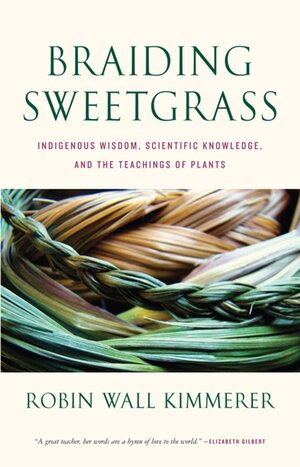
Braiding Sweetgrass by Robin Wall Kimmerer
Be sure to tune in to Robin’s talk at our 2021 conference!
“As a botanist, Robin Wall Kimmerer has been trained to ask questions of nature with the tools of science. As a member of the Citizen Potawatomi Nation, she embraces the notion that plants and animals are our oldest teachers… In a rich braid of reflections that range from the creation of Turtle Island to the forces that threaten its flourishing today, she circles toward a central argument: that the awakening of a wider ecological consciousness requires the acknowledgment and celebration of our reciprocal relationship with the rest of the living world. For only when we can hear the languages of other beings will we be capable of understanding the generosity of the earth, and learn to give our own gifts in return.” (text from Milkweed Editions)
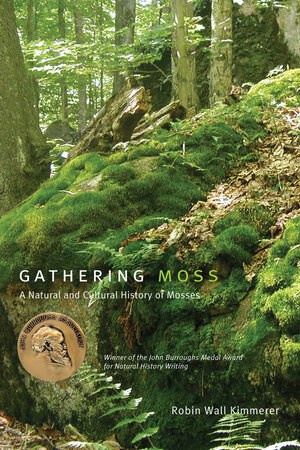
Gathering Moss by Robin Wall Kimmerer
“In this series of linked personal essays, Robin Wall Kimmerer leads general readers and scientists alike to an understanding of how mosses live and how their lives are intertwined with the lives of countless other beings. Kimmerer explains the biology of mosses clearly and artfully, while at the same time reflecting on what these fascinating organisms have to teach us. Drawing on her diverse experiences as a scientist, mother, teacher, and writer of Native American heritage, Kimmerer explains the stories of mosses in scientific terms as well as in the framework of indigenous ways of knowing. In her book, the natural history and cultural relationships of mosses become a powerful metaphor for ways of living in the world.” (text from OSU Press)
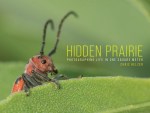
Hidden Prairie by Chris Helzer
Chris will give the keynote address for the Science day and lead a photography workshop at our 2021 conference.
“Chris Helzer illustrates the beauty and diversity of prairie through an impressive series of photographs, all taken within the same square meter of prairie. During his year-long project, he photographed 113 plant and animal species within a tiny plot, and captured numerous other images that document the splendor of diverse grasslands. Even readers familiar with prairies will be fascinated by the varied subject matter Helzer captured with his camera. In addition, his captivating and accessible natural history writing tells the story of his personal journey during the project and the stories of the characters he found within his chosen square meter of prairie.” (text from University of Iowa Press)
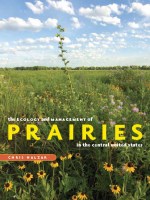
The Ecology and Management of Prairies in the Central United States by Chris Helzer
“Grasslands can be found throughout much of North America, and the ideas and strategies in this book apply to most of them, particularly tallgrass and mixed grass prairies in eastern North Dakota, eastern South Dakota, eastern Nebraska, eastern Kansas, eastern Oklahoma, northwestern Missouri, northern Illinois, northwestern Indiana, Iowa, southwestern Wisconsin, and southwestern Minnesota. By presenting all the factors that promote biological diversity and thus enhance prairie communities, then incorporating these factors into a set of clear-sighted management practices, The Ecology and Management of Prairies in the Central United States presents the tools necessary to ensure that grasslands are managed in the purposeful ways essential to the continued health and survival of prairie communities.” (text from University of Iowa Press)
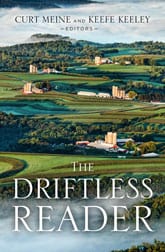
The Driftless Reader by Curt Meine
Curt will be featured in a panel discussion at our 2021 conference.
“The Driftless Reader gathers writings that highlight the unique natural and cultural history, landscape, and literature of this region that encompasses southwestern Wisconsin and adjacent Minnesota, Iowa, and Illinois. The more than eighty selected texts include writings by Black Hawk, Mark Twain, Laura Ingalls Wilder, Frank Lloyd Wright, Aldo Leopold, David Rhodes, and many other Native people, explorers, scientists, historians, farmers, songwriters, journalists, and poets. Paintings, photographs, maps, and other images complement the texts, providing a deeper appreciation of this region’s layered natural and human history.” (text from UW Press)
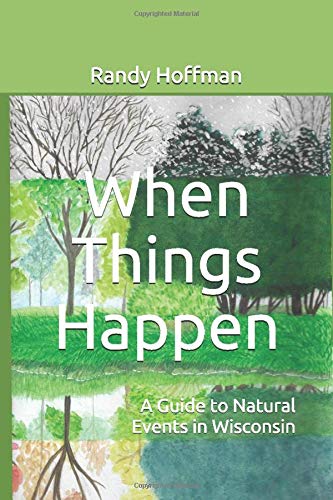
When Things Happen by Randy Hoffman
Randy is the site steward of TPE’s Hauser Road Prairie.
“When Things Happen – A Guide to Natural Events in Wisconsin explores how natural events unfold three times each month. In-depth articles, snapshots of other events and tidbits of information highlight activities for each time frame. Included in the text is the full range of nature from lichens to mammals. In addition, information on moon phases, meteor showers and day length are presented. Nearly 40 illustrations and photos help tell the stories.” (text from Great Nature Wisconsin)
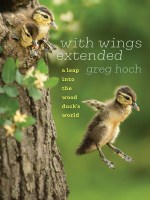
With Wings Extended by Greg Hoch
“A century ago, many people had given up on the wood duck, dooming it to extinction along with the passenger pigeon and Carolina parakeet. Today, the wood duck is one of the most familiar and most harvested ducks in the eastern half of the country, and one of America’s great conservation success stories. In With Wings Extended, Minnesota conservationist Greg Hoch introduces readers to a duck they probably recognize but may not know well. Hoch illustrates the complexities of wildlife and habitat management that landowners as well as state and federal wildlife agencies deal with on a daily basis, and takes readers through the life stages of what is largely considered the most beautiful duck in the world. In this fascinating and practical read, Hoch blends the historical literature about the species with modern science, and also shows how our views of conservation have changed over the last century.” (text from University of Iowa Press)
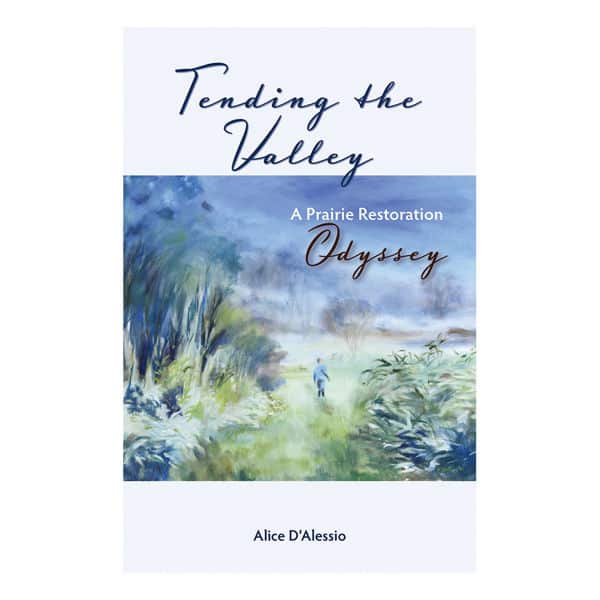
Tending the Valley by Alice D’Alessio
“In Tending the Valley, Alice chronicles [her husband’s and her own] efforts to return the land to its natural prairie state and to manage their oak and pine woods. Along the way they joined the land restoration movement, became involved in a number of stewardship groups, and discovered the depths of dedication and toil required to bring their dream to fruition. With hard-earned experience and the evocative language of a poet, D’Alessio shares her personal triumphs and setbacks as a prairie steward, along with a profound love for the land and respect for the natural history of the Driftless.” (text from Wisconsin Historical Society Press)
Why The Prairie Enthusiasts?
Debra wrote this additional greeting for our newsletter, The Prairie Promoter:
It started as a wish. As a child visiting my grandparents in rural Minnesota, I fell in love with the vast prairie skies and the steady hum of insects on summer nights. Only later did I realize that this place filled with wonder had long since lost the complex beauty that once thrived there. This growing awareness gave me a sense of responsibility to do what I could to heal the land. But finding an answer to the question of what I can do has been a 20-year journey.
The actual seed of an idea wasn’t formed until I met my husband and realized we shared the same dream: to become stewards of the land. We nurtured our seed along through the lean early years of our marriage until we were able to afford a small homestead near Viroqua.
We thought we had achieved our goal, but as part-time residents we weren’t making much progress. And it was becoming harder and harder to leave the beauty and tranquility of our rural home to return to the city for work. We resolved to find a way to make this our permanent home and spent the next year rearranging our lives to make that possible.
I first discovered TPE while researching what to do about our problem with wild parsnip. I followed your progress through the years with interest. When the Landowner Services program was announced, we reached out to Dan immediately for advice on the projects we were finally ready to undertake on our land. Then I saw your job posting for an Executive Director, and my heart skipped a beat. Here it was: my ideal job! The more I learned, the more I became convinced that my 20-year career in nonprofit development, combined with my values and my connection to this mission, were a match.
You have built a strong organization, and you have the ability to grow. Some of the most rewarding work I’ve done involved helping nonprofits through the next phase in their organizational growth. I’ve developed an entrepreneurial approach to solving problems, focusing collective energy, and building momentum. Together, we’ll pursue strategies that improve our overall health and viability so that what we leave for those coming after us is a thriving organization.
It all starts with having clear goals. We will need to work together to define what we want for our future. This is a grassroots organization, with all the beauty and messiness that entails. We won’t always agree, but we need to be willing to trust one another and commit to pursuing our strategic goals together.
There is much to learn. In the coming weeks and months, I will be reaching out to gather your stories, ideas, and advice. But please feel free to share your suggestions at any time. There will be challenges ahead, and we’ll be prepared to meet them through the strength of our commitment — not just to our mission, but to one another.

Free Prairie Curriculum Ready for Use
How do children learn to care for the land? Often, it’s time spent outside with a family member that first makes them curious about nature. But teachers also have the power to spark curiosity. Walter Mirk of TPE’s Glacial Prairie Chapter has created a resource to bring the prairie into the classroom.
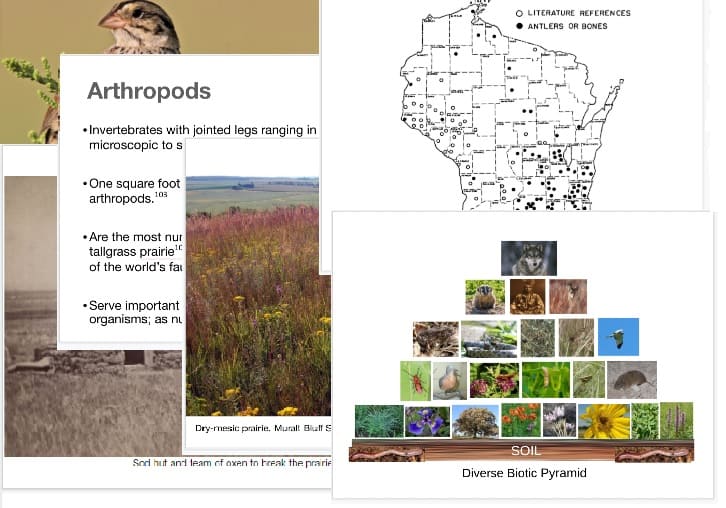 A sampling of slides in Walter Mirk’s prairie curriculum.
A sampling of slides in Walter Mirk’s prairie curriculum.
Walter’s presentation contains 400 slides of information and photos. It covers topics within prairie ecology, from soil organisms to birds and from the Miocene to European settlement. While it was created for teachers in Wisconsin, the program can be tailored to any audience. The best part? It’s available for free to schools, nonprofits, and public agencies.
Such a resource is a tangible way to combat what author Richard Louv has called “nature deficit disorder”. Walter’s project was inspired by the students at Mayville Middle School in southeastern Wisconsin. A retired licensed clinical social worker, Walter has volunteered at MMS since 2015. He started by giving presentations about prairie in the school’s fifth-grade classes. Year after year, the kids were attentive and asked thoughtful questions, leading Walter to describe them as “the toughest audience I ever had.”
Walter and his wife Alice also helped to nurse the school’s 3/4-acre prairie planting back to health. They worked with a Fish & Wildlife Service biologist stationed at nearby Horicon Marsh to obtain prairie plants. They spent a whole day planting the seedlings alongside 89 fifth-graders. Although the work was hard, Walter remembers, the kids were “outstanding” and had a keen interest in nature. Their excitement spurred him to build a prairie curriculum.
 MMS students water their prairie and themselves. Photo by Walter Mirk
MMS students water their prairie and themselves. Photo by Walter Mirk
The core of his presentation was a PowerPoint created by fellow TPE member Rob Baller. Walter says he kept finding more resources to add until the slides practically wrote themselves. He used the opportunity to learn more about topics that interested him, such as the arthropod life of the prairie. “And the more I read,” says Walter, “the more I became excited about what I was learning and thought of the inquisitive and enthusiastic fifth grade learners at MMS.”
He’s also learning from experts who review the project. As he puts finishing touches on the Wisconsin program, Walter is working with the Minnesota Department of Natural Resources to create a presentation for that state. This will be challenging, he explains, because the DNR’s extensive ecological data will need to be translated for an audience of beginners. Not to be deterred, Walter is moving ahead on the project and also plans to write curricula for Illinois and Iowa.
Walter has copyrighted his work, which means that users can’t change slide content or profit from the resource. However, teachers are free to remove slides to suit their classes. It’s not just for children, either; Walter envisions the chapters of TPE using this curriculum for outreach events.
To use the PowerPoint in your classroom, email us at info@theprairieenthusiasts.org.

Walter at a burn training. Photo by Rob Baller

Native Habitat as an Educational Centerpiece
In the heart of Driftless Wisconsin, Viroqua is home to the TPE chapter support office. We are lucky to be surrounded by many prairie remnants and State Natural Areas (like Romance Prairie). Within walking distance of the office are several public native gardens. One consists of a planted prairie and small oak savanna between two schools.
This outdoor classroom is an urban oasis for bees, butterflies, and birds. What was once an asphalt playground has been transformed into a native plant “Greenspace.” TPE staff have led field trips for students there and assisted with the management plan. As you will see, the native plants are a wonder to behold.

Sign greeting visitors to the PRWS Greenspace. Photo by Joe Rising
From the Pleasant Ridge Waldorf School website:
“In 2012, Pleasant Ridge Waldorf School (PRWS) was able to begin the Greenspace Permaculture Garden in the area between PRWS and the Landmark Center. This had been the former roadway (East Ave) and was an asphalt playground area between the two schools. It was prone to flooding during the spring thaw and generally had limited aesthetics for our school grounds. The focus of this project was twofold: 1) to provide another outdoor classroom area for the children that would incorporate our native habitats of the Driftless Area as well as edible landscaping using Permaculture design, and 2) to enhance the aesthetic of this school and public area between the neighborhoods surrounding our school while improving the infiltration and drainage of water on the site.”
Mark Shepard, a permaculture expert and designer of the PRWS garden, said he “used two different seed mixes both sold as blends by Prairie Moon Nursery [in Minnesota]. The majority was the PDQ mix and in the ‘rain garden’ corner it was their wet prairie blend. I haven’t seen a whole lot of wetland associated species… I especially wanted the Joe-Pye weed to flourish because I have fond memories of it as a lil’ tyke.”
Learn more about the School’s nature programs and outdoor classrooms here.
Thanks to Chris Larson for helping assemble this photo gallery. She has a great eye for natural beauty.

Construction begins. Photo by Cynthia Olmstead

The completed Greenspace. Photo by Joe Rising

Joe Rising and his daughter help plant the prairie. Photo by Cynthia Olmstead

TPE staff lead a prairie plant tour. Photo by Kay Fandel

Chris Kirkpatrick, former Executive Director for TPE, identifies native plants. Photo by Kay Fandel

Black-eyed Susan (Rudbeckia hirta). Photo by Joe Rising

Many compass plants (Silphium laciniatum) have sprung up. Photo by Chris Larson

A summer bouquet: rough blazing-star (Liatris aspera) and purple coneflower (Echinacea purpurea).
Photo by Joe Rising

Partridge pea (Chamaecrista fasciculata). Photo by Joe Rising

White wild indigo (Baptisia alba). Photo by Chris Larson

The beauty of native habitat. Photo by Cynthia Olmstead

Milkweed for Monarchs ’19
This past winter the monarch butterfly populations overwintering in northern Mexico increased significantly for the first time in recent years. The butterflies used over 6 hectares of land at their winter roosting sites. This is significant, as the goal of the Mid-American Monarch Conservation Strategy is to increase the average to around 6 hectares of use each year. A one year increase does not significantly increase the overall average. Implementing the conservation strategy to increase milkweed populations by billions of stems over the next decades is the single biggest driver to help sustain the monarch populations. Hopefully this strategy will keep the monarch butterfly from becoming listed under the Endangered Species Act.
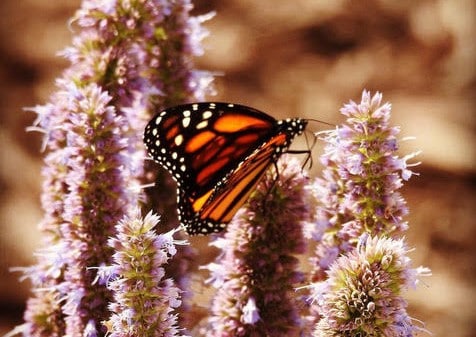 In 2014 the US Fish & Wildlife Service (US FWS) was petitioned to consider listing the monarch as an endangered species. The US FWS was supposed to make their listing decision by this past June 2019. The listing decision has now been delayed until December 2020. You can read more about this decision here: The decision primarily seeks to obtain another over-winter measurement of how many hectares the butterflies use to include in its listing decision.
In 2014 the US Fish & Wildlife Service (US FWS) was petitioned to consider listing the monarch as an endangered species. The US FWS was supposed to make their listing decision by this past June 2019. The listing decision has now been delayed until December 2020. You can read more about this decision here: The decision primarily seeks to obtain another over-winter measurement of how many hectares the butterflies use to include in its listing decision.
Since 2017, TPE members, chapters, and conservation partners have collected over 120 pounds of milkweed seed. The seed is being used in restoration efforts to enhance prairie plantings throughout the upper Midwest, and directly implementing the conservation strategy to increase monarch populations in the years ahead.
Now that we have another season of milkweed seed to collect, it is crucial to keep this program going. Implementing the monarch conservation strategy by planting milkweed seed is the single most important activity that we can do while waiting on an endangered species listing decision by the end of 2020.
TPE’s Milkweed to Monarchs ‘19 gives members and volunteers a Grassroots Conservation in Action approach to monarch recovery efforts. This is something practical that every one of us can do this is year, and every year, to contribute towards monarch butterfly sustainability.
All you need to do is collect your milkweed seeds this fall and share it with TPE to helping plant more habitat for monarchs through its chapters, landowners and local conservation partners.
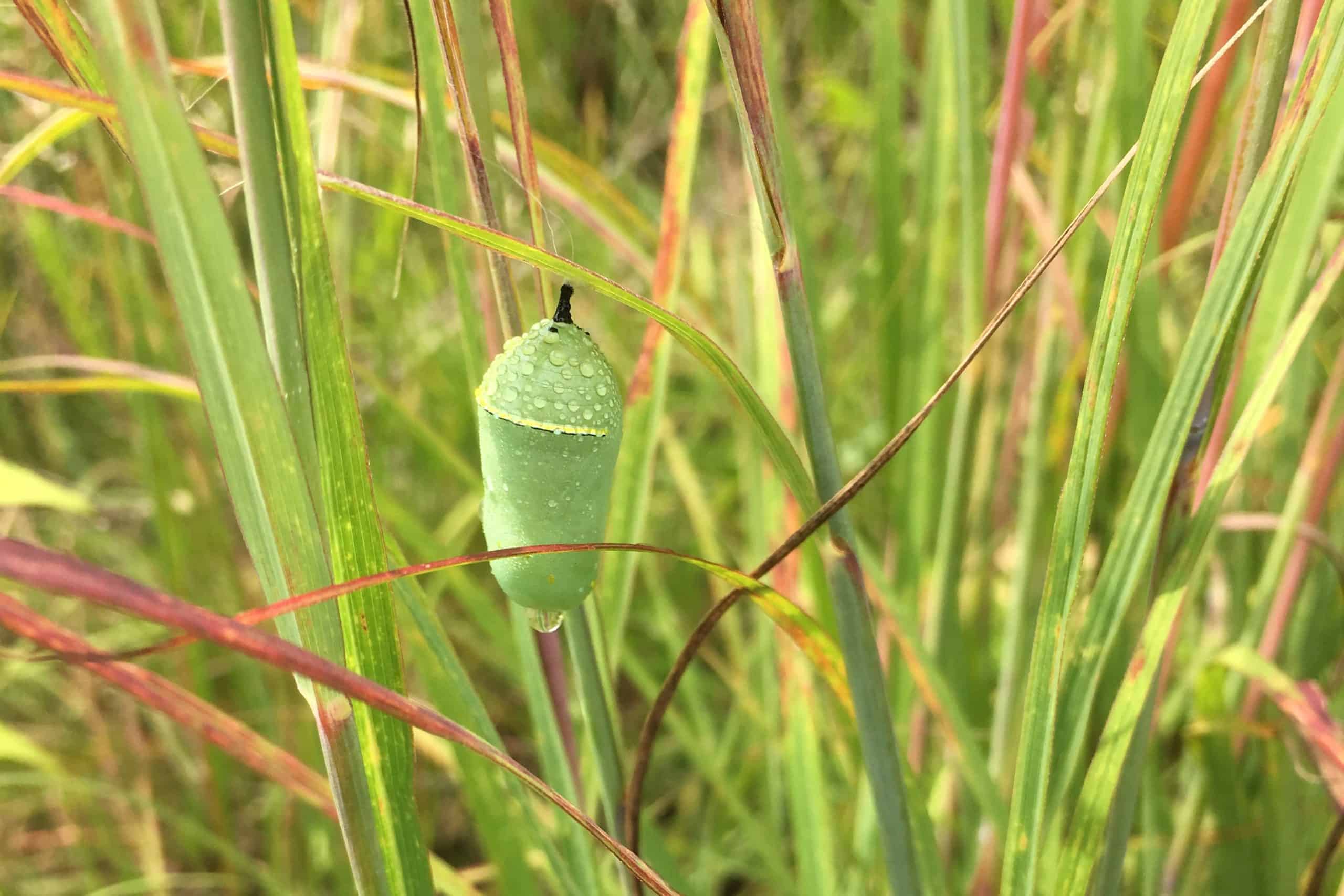 Here is what we need you to do:
Here is what we need you to do:
- Collect milkweed seed pods by species & note where you collected the seed from. This is best done in September when the pods are green but have started to split open, making the seed easier to clean.
- Process the seed to remove the pod & husk and collect the cleaned milkweed seed. This is also easiest done this month as the seed can easily be removed from the rest of the plant by hand. Watch Bill Cater of Prairie Moon Nursery to see how this is done. There are also some mechanical means of cleaning the seed, See the seed processor.
- Mail (or drop off) your seed to TPE’s office. If you decide to collect significant amounts of milkweed pods weighting dozens of pounds, please contact us to discuss coordinating cleaning of seed in bulk together.
Any interested members, volunteers, or groups interested in picking and cleaning milkweed seed can contact Chris Kirkpatrick, Executive Director at 608-638-1873 or executivedirector@theprairieenthusiasts.org. Seed can be delivered in person or by mail to TPE’s office at: 110 S. Main St., PO Box 824, Viroqua, WI 54665.
Pictures by: Becky Wolter, Brad Keith, and Lydia Martin
